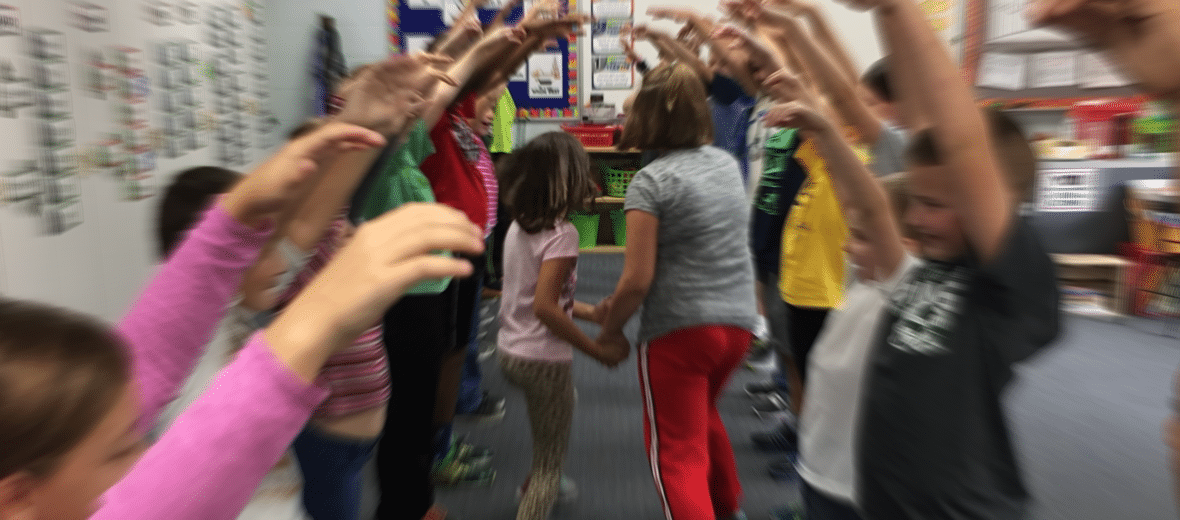
I’ve Taught this Folk Song, Now What?!
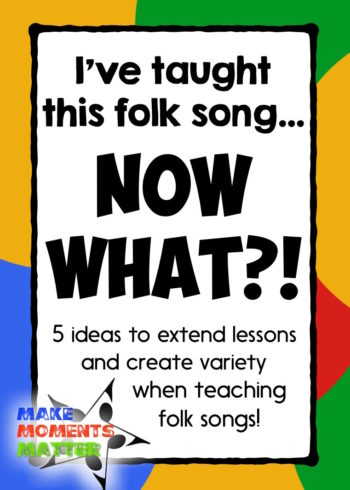 If you’ve read any of my blog so far you know that I love teaching folk songs. Folk songs are great songs with catchy tunes, are excellent for cultural and historical references, and usually have some sort of movement or dance component. What an exciting way to expand vocabulary! What an excellent way to teach history and culture! What an awesome musical experience to encourage singing and movement!
If you’ve read any of my blog so far you know that I love teaching folk songs. Folk songs are great songs with catchy tunes, are excellent for cultural and historical references, and usually have some sort of movement or dance component. What an exciting way to expand vocabulary! What an excellent way to teach history and culture! What an awesome musical experience to encourage singing and movement!
It’s a great feeling when you find that perfect song that fits right in with your school theme, the current concept you’re teaching, or the holiday season. I just discovered the song, “Shoo Turkey,” which has a hilarious dance, an awesome call & response section, vocabulary building, and more. It was exactly what I needed. But… I wanted to teach more than just the melody and the words. I had to be a little creative with how I taught the song so that it was interesting and relevant for the kids and also worked in all the musical topics that I wanted to cover. So, what do you do after you teach the melody and words?
In this blog post I want to write about 5 things that are easy to do with almost every folk song that help to extend your teaching, expand student knowledge, and make your life fun! I’ll throw in a disclaimer that these are things that Orff-trained teachers do all the time. Orff Schulwerk levels training (a summer professional development opportunity) gives you a wealth of knowledge and prepares you to teach any song anywhere. The levels training made it easy for me to spot areas for expansion/extension. I can honestly say that after taking my Orff levels I am a better teacher who sees the possibilities in all songs and looks for ways to make a simple song extraordinary. If you’re interested in taking Orff Levels you can find out how to do that HERE! Or, if you’d like to learn more about the Orff Schulwerk process you can always visit a local Orff Chapter, talk to people who know about Orff, and see Orff Schulwerk at work for yourself. Seriously, find a local chapter and make some friends! See the Orff process in action at a workshop and take home some amazing resources and encouragement. Find a local chapter or workshop HERE!
#1 – Play with the Form
One easy way to extend learning with a folk song is to play with the form of the song. This is always my go-to first extension for kids because manipulating the form is so easy and teaches students about structure and pattern in songs.
Here’s an example. If you teach the song “I’ve Been to Harlem” AKA “Turn the Glasses Over” you end up with two distinct parts of the song.
I’ve been to Harlem, I’ve Been to Dover
I’ve traveled this wide world all over
Over, over, three times over
drink all the lemonade and turn the glasses over
Sailing east, sailing west,
sailing over the ocean
better watch out when the boat begin to rock
or you’ll lose your girl in the ocean
So, what I would do is call the first part of the song, the verse, the A section of the song. Kids are used to labeling patterns and sequences with letters like this, so calling it A is not foreign to them. Then we’d learn the chorus and I would ask them if they thought it sounded different. We would identify that the verse has different words and different music than the chorus. If you’re playing piano or guitar for accompaniment you could also point out that the chord patterns/the accompaniment music sounds different on the chorus. After we talk about all that, we’d determine that “Yes, it is different, so we can’t call it ‘A,'” and we would label the chorus as the B section of the song.
Then I would take my handy dandy form letters (get them FREE here) and map out the song. So far we have the verse (A) and the chorus (B). We look at that visual of the AB and then we sing it.
 Then I ask if we can move things around. I take out another B card and I put it up in front of the A section so that we end up with the form BAB. This would mean that we start with the chorus, sing the verse, and then sing the chorus again. It’s an easy little form change that makes the song feel different. We look at the representation we’ve made with letters, identify the parts, and sing through the song we’ve made.
Then I ask if we can move things around. I take out another B card and I put it up in front of the A section so that we end up with the form BAB. This would mean that we start with the chorus, sing the verse, and then sing the chorus again. It’s an easy little form change that makes the song feel different. We look at the representation we’ve made with letters, identify the parts, and sing through the song we’ve made.
THEN I take out another A card and put it in front if the B. The new form is ABAB. We talk through it and realize that it’s just our original song twice in a row. Verse, Chorus, Verse, Chorus. Easy!
Then I might invite a student up to the board to move around the form cards. Maybe they come up with BBAA. We sing through it and see if we like it. Another student comes up and changes it to ABAA. We sing through it again and see what it sounds like. Then maybe one more student comes up to try another arrangement. The more student involvement the more that students feel involved and the more that that whole class sees the greater picture of form and variation in a song structure.
Maybe your next step is to add the next verse. You can make that a C or an A’ depending on how you name the form. No matter what you do, it will extend your process and help kids see more of the metaform. Or add an improvised speech section or word chain. In fact, I think a word chain is ALWAYS fun to play with. Don’t know what a word chain is or want to see an amazing example of a word chain lesson? Check out this video from the fantastic Orff pedagog Rob Amchin. He’s got a whole YouTube channel of videos demonstrating the Orff Schulwerk process. It’ll blow your mind.
I love taking time in lessons to identify form like this and play around with the elements. It helps students start to see structure in song and identify when changes happen. The ultimate goal is that students begin to understand how songs are put together. If we take the time now to identify form and the elements of a song, then further down the road we can talk about composing songs. Students will get to use form and the process they learned in this lesson about variation to create their own songs.
#2 – Sing some of those Extra Verses
This is an easy extension activity and “next step” when teaching folk songs. When a folk song first started to gain in popularity it generally wasn’t written down. Instead, folk songs were passed from one singer to another through oral tradition. Because the song was passed from one singer to another it would often change as different people sang the story in their own way. This means that most folk songs (and carols too) have diverse and fun lyrics that you can add in as second, third, fourth, and fifth verses.
Here’s an example. I just started teaching “Over the River and Through the Woods” with my 4th graders. On the first day we learned verse one, the basic melody of the verse and chorus, and some silly little actions that I created to go with the song. We spent some time going through the vocabulary and working through trouble spots. Then we sang the verse and chorus a couple times before moving on for the day.
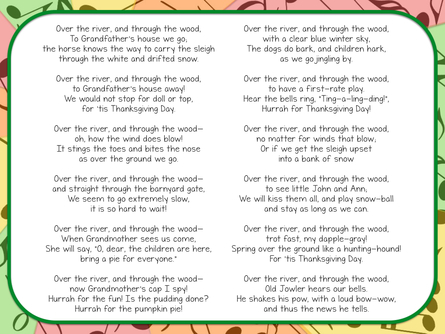 Over the River – SO MANY VERSES! Click to enlarge.
Over the River – SO MANY VERSES! Click to enlarge.
On day two, we picked the song back up and sang through it once before working through the NEW lyrics. Did you know that “Over the River” has 10+ verses? I didn’t before I started working on a teacher kit for the song. The extra verses are really quick to insert into the song, tell a much longer story about the voyage, and force the kids to adapt new words to fit onto the existing melody.
One of my favorite things about this song is that every verse starts with “Over the river and through the woods.” It helps that the first line is always the same because that gives students an easy and familiar way to start each verse. For this song we definitely talk about tracking through the song with our fingers so we don’t lose our place. I print out this PPT slide and give it to them so that they can follow along. You might consider singing it through for students or with them so that they don’t get lost.
There are so many songs out there with extended versions and long list of extra verses to sing. Another favorite song to sing through extra verses is “Mama Don’t Allow.” You can easily sing through all of the other things that Mama doesn’t allow and as an extension you can have kids come up with their own NEW versions of things that Mama won’t allow. Maybe kids will come up with “Mama don’t allow no hoverboard round here.” or “Mama don’t allow no Fortnight playing round here.” The possibilities are endless.
#3 – Add a Hand Game or Body Percussion
#4 – Add some instruments!
Add in the bass players for accompaniment/bordun and then have other students jump on to other instruments. It’s easy to teach a quick ostinato pattern for soprano/alto xylophone players to do. Or put the instruments in a pentatonic scale and let them play notes that fit in with the song’s harmonies. So many opportunities for pitched percussion.
OR! You could pull out a rhythm pattern (like what I did with Chicken on a Fencepost above) and play on non-pitched instruments. It’s a chance to use those oft-forgotten wood blocks, egg shakers, or hand drums. Add in instruments to play the steady beat or an easy ostinato accompaniment pattern. It doesn’t have to be fancy to be fun!
#5 – Folk Dance or Movement Activity
Most importantly, folk dances are FUN! I love teaching the folk dance because it is exciting for kids and makes them love music. Kids like doing the movement and learning the sequence of the dance. It’s something that gets them up and moving and provides a challenge as they learn the steps to build up to the whole dance. Let them burn off some energy while they’re learning something important. What could be better?It’s easy to say, “But I don’t know how to teach a folk dance! How am I going to learn a dance to go along with this song!?” I promise, it’s not as hard as you might think.
Start with a song like “Old Brass Wagon.” The words of that song literally tell the singer how to move. Old Brass Wagon is a circle dance. Students form the circle and the first verse lyrics say “Circle to the Left, old brass wagon.” So, what do you do first? Move clockwise/to the left. Guess what, the second verse is “circle to the right.” So all students move counterclockwise/to the right. Easy so far? The next verse? “In and out, old brass wagon.” The words tell you what to do and how to move! It’s so easy. Even when you get to verses like “Swing your partner, old brass wagon” the words help the singer to know where to go and what to do.
And don’t count out the wealth of knowledge you can find on YouTube. The other day I was thinking of teaching “Li’l Liza Jane,” and I knew about one game/dance that students could do where they would “steal” partners but I wanted something a little less action-packed (one of my classes has some real behavior problems). I wondered if there was a more traditional square or circle dance. I went to YouTube to search “Li’L Liza Jane folk dance” and immediately I found this amazing channel of old folks doing traditional dances. I’ll be on this channel forever watching! These old folks are so good at the dances and there’s so much variety in the videos/songs they dance to.
Alrighty, everyone. I hope that this blog post has given you some options or at least gotten you thinking about what you can do with your folk songs to make them come alive for your students. There’s always something you can change, add, or alter to take the lesson to the next level. Heck, even if you think you’re doing a great job teaching a song, take a moment to think about what else you can do and what other extension activities you could add. The possibilities are endless!

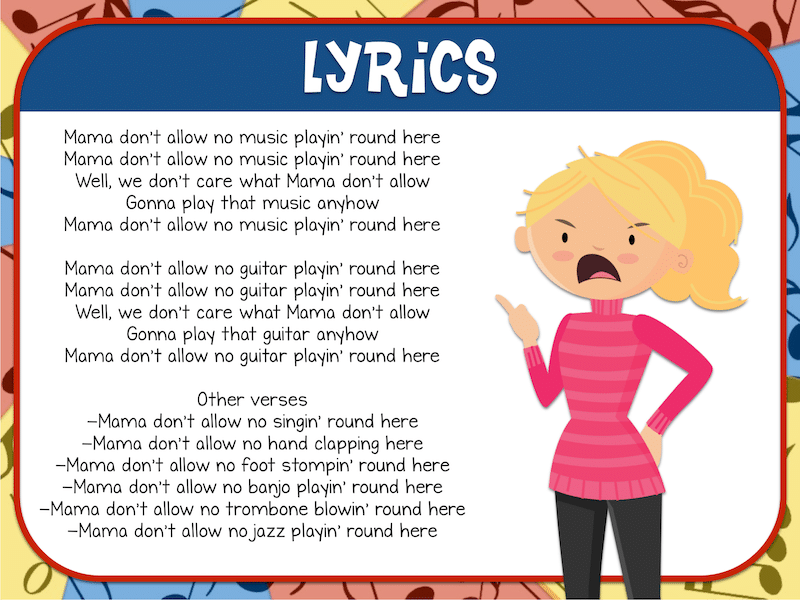
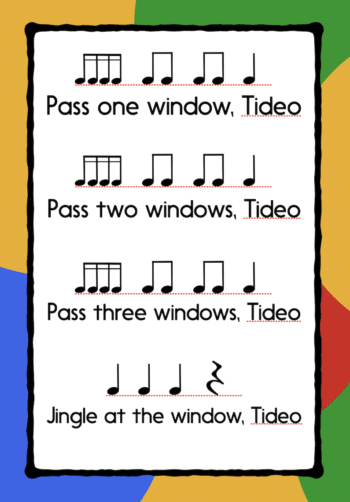

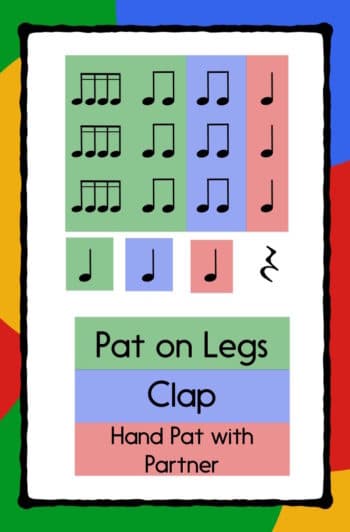
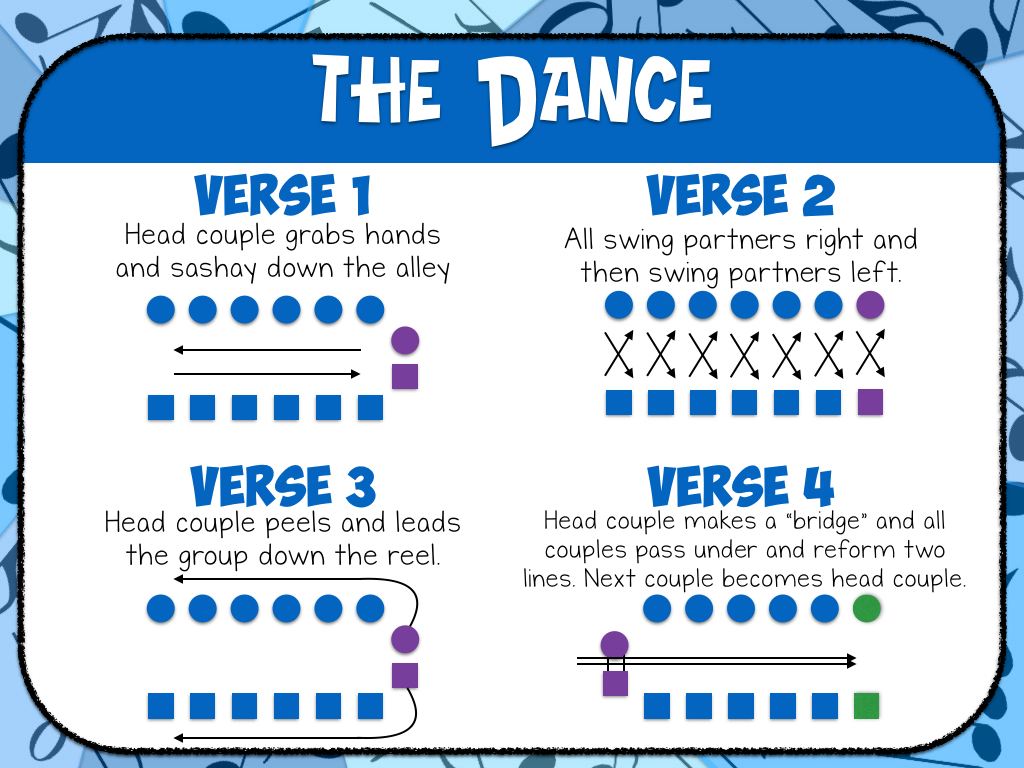


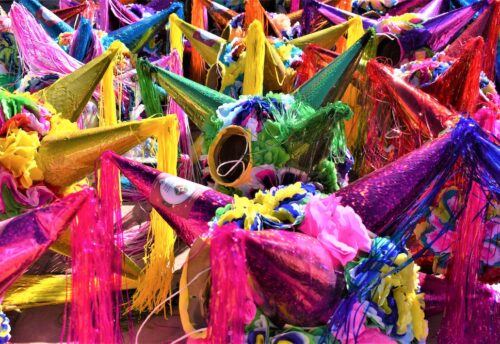
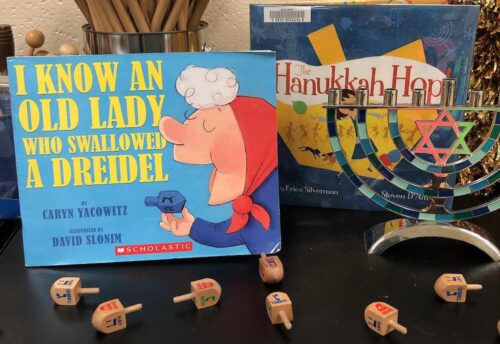
4 Comments